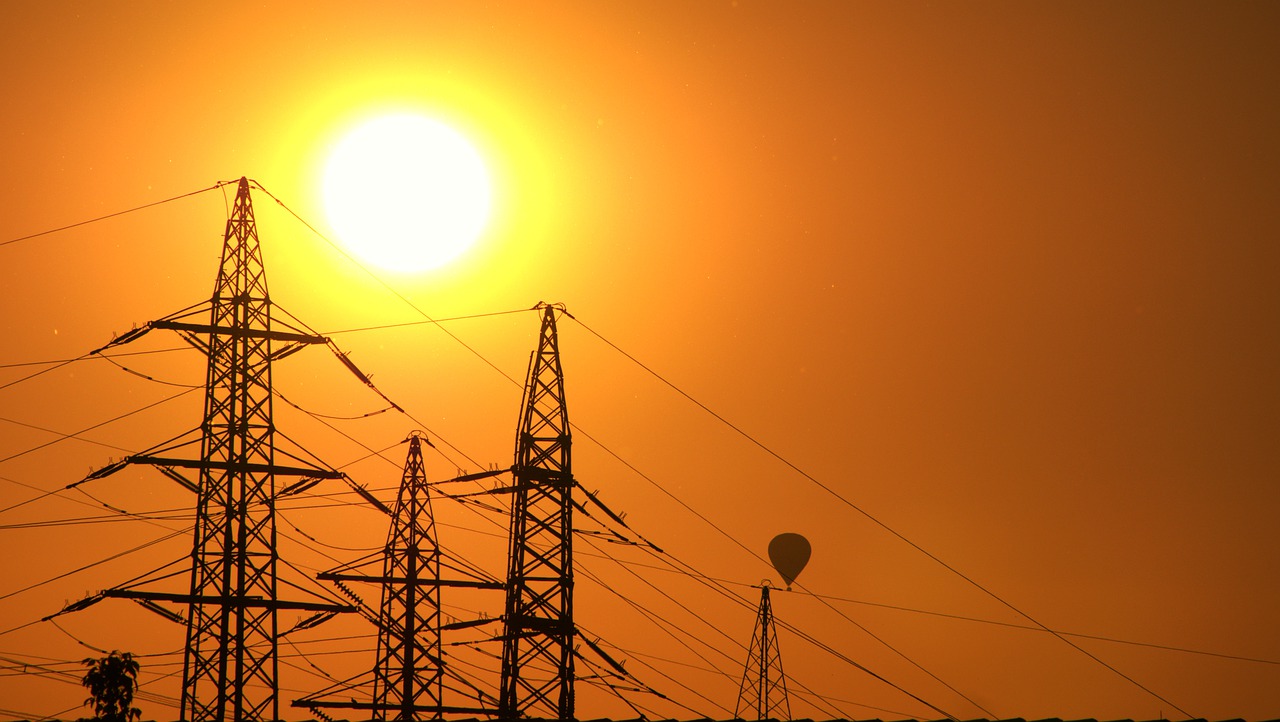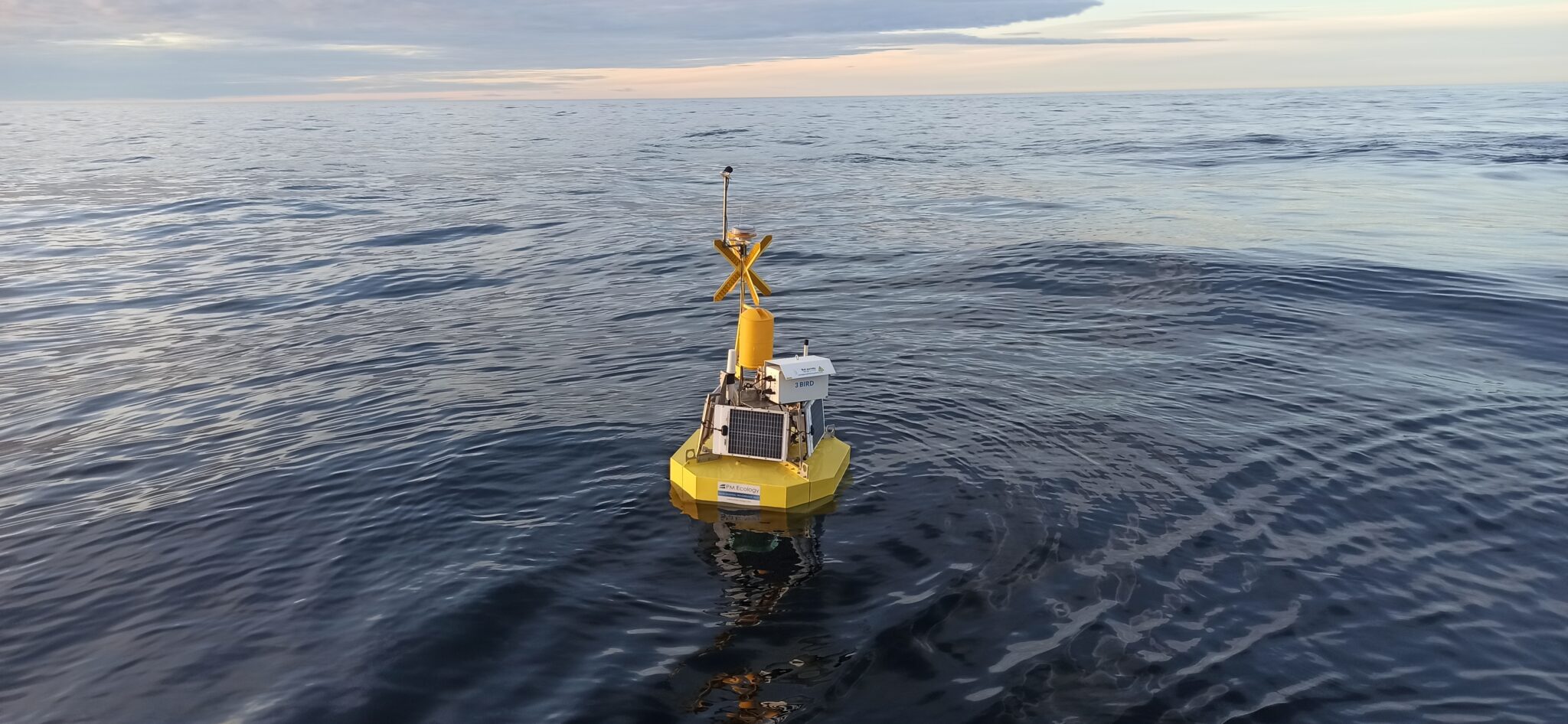Lithuania has high hopes for the development of offshore wind energy in the Baltic Sea. The importance of this project is described to us by Rytis Kėvelaitis, Founder & CEO at Energy Unlimited. The interview was published in our quarterly report LITHUANIA Q4 2021
Paweł Wróbel: In your opinion, is Lithuania taking advantage of its opportunities to develop offshore wind energy?
Rytis Kėvelaitis: Lithuania has the ambitious vision with at least 50% of its electricity produced from renewable energy sources in 2030 and offshore wind plays an important role in achieving this target. Lithuania aims to have the first 700MW offshore wind auction in Q4 2023 and is already discussing about the second same capacity auction in 2024 or 2025. This opportunity to develop offshore wind energy in Lithuania will reduce the electricity imports, deliver cost competitive energy production and create new local jobs in the supply chain industry.
What are the advantages and disadvantages of Lithuania with regard to development of the first offshore wind farms?
Lithuania has the natural advantages for offshore wind development – good wind resource (9-9.5 m/s), proximity to the shore (30 km), relatively shallow seabed (30 m). All these conditions bring one of the lowest LCOE in all Baltic Sea for the offshore wind projects in Lithuania’s sea territory, according to the WindEurope assessment in 2019.
However, as there are no offshore wind parks in operation or construction phases in Lithuania and the Baltics, this means that this is a new offshore wind market with regulation still in preparation by the authorities and supply chain under development. In addition, Lithuania’s offshore wind market is also limited in size (3.4 GW) due to the other uses of sea and environmental restrictions.
How do you see the potential for cooperation with neighboring countries – Poland, Latvia, Estonia – which also aims to accelerate wind projects on the Baltic Sea?
Cooperation between countries is an area which could address the limited size of all three Baltic states and even further reduce the offshore wind LCOE in these markets. Baltic Sea Offshore Wind Declaration was already signed in 2020 which was followed by the Baltic Energy Market Interconnection Plan (BEMIP) new work program for offshore wind energy in autumn 2021.
This sets a good framework for cooperation, but I believe the cooperation on grid development and common rules for offshore wind development is very promising. Regarding the grid development, we already see a practical example of planned Estonian – Latvian 4th interconnector also serving as a connection to the onshore grid for a 1GW ELWIND project. With ambitious plans in the Baltic states for offshore wind development and huge renewable energy demand in the Nordics, Poland and Germany there is also a potential to become energy exporters with the new interconnectors or offshore energy hubs. Regarding the common rules for offshore wind development, there are already good examples in setting up common markets in the Baltics states – e.g., in balancing & gas markets. This can be also replicated by the regulators in two emerging areas as well – offshore wind and hydrogen.
What is the main bottleneck? What measures need to be taken to mitigate it?
Lithuania is a new offshore wind market with regulation still in preparation by the authorities and where the supply chain is under development. There is also limited experience about the offshore wind from the local stakeholders as there are no operational offshore wind projects yet…
The full interview is available in BalticWind.EU Country Report LITHUANIA Q4 2021













